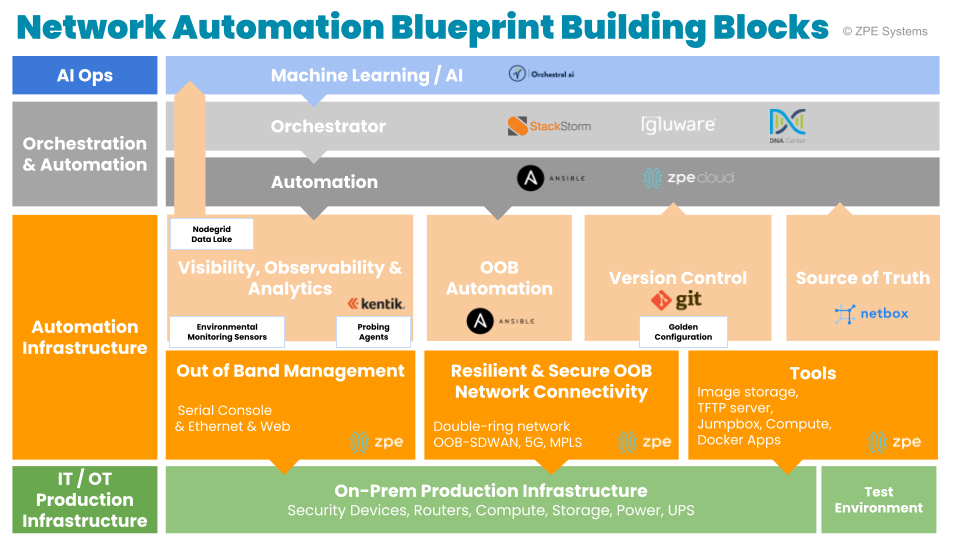Three Questions Every
Board Should Ask Now
As CIO, you will need a plan for continuing operations and providing reliable digital services despite hiring freezes and limited staff presence. Your plan must answer these three questions that
will come up at your next board meeting.
Question 1: Can you meet SLAs
with a smaller workforce?
The IT workload has grown exponentially since infrastructure moved from centralized to decentralized. Many enterprises have migrated to the cloud and now deal with the complexity of managing a
multi-cloud and hybrid infrastructure. The reality is that applications and data are now scattered in data centers, colocations, and branch offices, which house infrastructure such as servers,
routers, branch gateways, SD-WAN, remote sensors, smart building infrastructure, user experience monitoring applications, and many other technologies. As the proliferation of 5G and edge
computing enable workloads to be pushed to the edge, enterprises that offer digital services or web applications must maintain an increasing number of micro and nano edge data centers. If belt
tightening leads to hiring freezes, IT teams won’t be able to add the help they need to maintain daily operations like managing configurations, recovering down equipment, and installing security
patches.
Question 2: Can you maintain availability without physical site access?
The Covid pandemic left companies scrambling to find ways to accommodate normal operations and shift to a fully remote workforce. Many companies were unprepared and still struggle to adapt. Forrester’s research states that in 2021, IT organizations reported that their highest priority was to improve digital work for employees, but 66 percent said they didn’t have the capabilities to support the needs of remote and hybrid work for the next two years. IT organizations must prepare to accommodate flexible work well into the future, but this typically means employing a mix of local smart hands, third-party service providers, and remote management solutions that significantly inflate operating costs. Despite potential lockdowns, physical access is an existing challenge when equipment resides at remote locations that are costly, inconvenient, or dangerous to access.
Question 3: Can you keep weekly security configurations up to date?
Many security breaches occur not because patches don’t exist, but because installing these patches might lead to unforeseen breakages. IT teams often run software that is years old and several major revisions outdated, and they dread the Friday upgrade




















